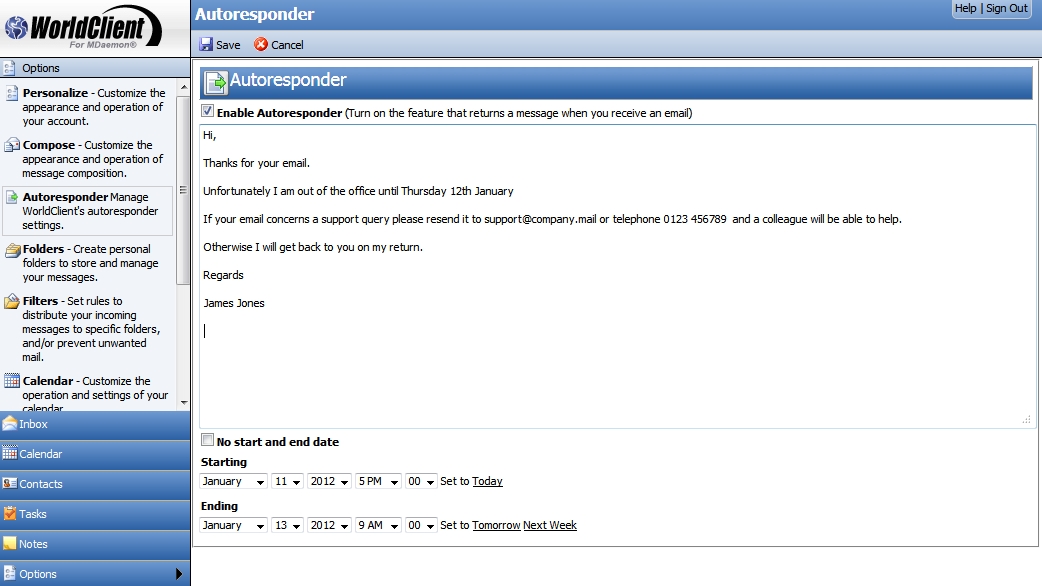Rsync Vs. file replication – which is best for your local backups?


I'm slightly concerned that the news of a virtual information blackout yesterday may have detracted somewhat from the REALLY big stories that were breaking. Yes, had you have been paying proper attention you'd have noticed two new product updates from our Texan friends over at developer Alt-N Technologies. Ok, so it's possible I'm overhyping these a fraction but if you're a user of either product they're worth knowing about all the same.
 If you've ever used BackupAssist to run an rsync job to a remote NAS device, you may be familiar with the built in 'seed' function. This bypasses the need to run a large backup for the first time over the network and instead uses a USB hard drive to move the data manually. After the seed job has completed, the drive is disconnected from the BackupAssist server and plugged directly into whatever is performing the role of the rsync server. Often it's a NAS device, but I also talk to customers who choose to run either a Linux server which has native rsync support or even a Windows box using the free open source CWRsync service.
If you've ever used BackupAssist to run an rsync job to a remote NAS device, you may be familiar with the built in 'seed' function. This bypasses the need to run a large backup for the first time over the network and instead uses a USB hard drive to move the data manually. After the seed job has completed, the drive is disconnected from the BackupAssist server and plugged directly into whatever is performing the role of the rsync server. Often it's a NAS device, but I also talk to customers who choose to run either a Linux server which has native rsync support or even a Windows box using the free open source CWRsync service.
 If you regularly find yourself installing and upgrading software, I highly recommend you take a peep at Ninite, a great little online service-come-software tool for managing this process completely hands free.
To get up and running, first you'll need to visit ninite.com and select all the software packages you wish to include in your custom installer.
If you regularly find yourself installing and upgrading software, I highly recommend you take a peep at Ninite, a great little online service-come-software tool for managing this process completely hands free.
To get up and running, first you'll need to visit ninite.com and select all the software packages you wish to include in your custom installer.
 WorldClient makes it very easy to setup and schedule an 'Out of office' Autoresponder, often used over holiday periods but also useful when you know you're going to be out of the office.
WorldClient makes it very easy to setup and schedule an 'Out of office' Autoresponder, often used over holiday periods but also useful when you know you're going to be out of the office.
Did you know WorldClient can display email messages in a threaded view? This is useful if you find that your email message conversations bounce back and forth quite a bit and...
One of the biggest concerns when using WorldClient full time is how you're alerted when new mail arrives. Do you really have to keep a Web page open all day?...
Moving messages is much easier in WorldClient thanks to the simple drag and drop feature. Just like a Windows application you can pick up one or more messages and either...
Did you know WorldClient is not only for email but also has extensive built in calendar support? It does not stop at just managing your own personal calendar, but it...
 A new year and a new challenge for MDaemon customers.
Over the last 12 months we have seen significant improvements to WorldClient that have increased both performance as well as functionality and consequently have seen a greater uptake of users switching to it for their main access method.
What we are now interested to know is what is stopping the rest of us from switching to WorldClient full time and moving away from Outlook as our main email client.
A new year and a new challenge for MDaemon customers.
Over the last 12 months we have seen significant improvements to WorldClient that have increased both performance as well as functionality and consequently have seen a greater uptake of users switching to it for their main access method.
What we are now interested to know is what is stopping the rest of us from switching to WorldClient full time and moving away from Outlook as our main email client.